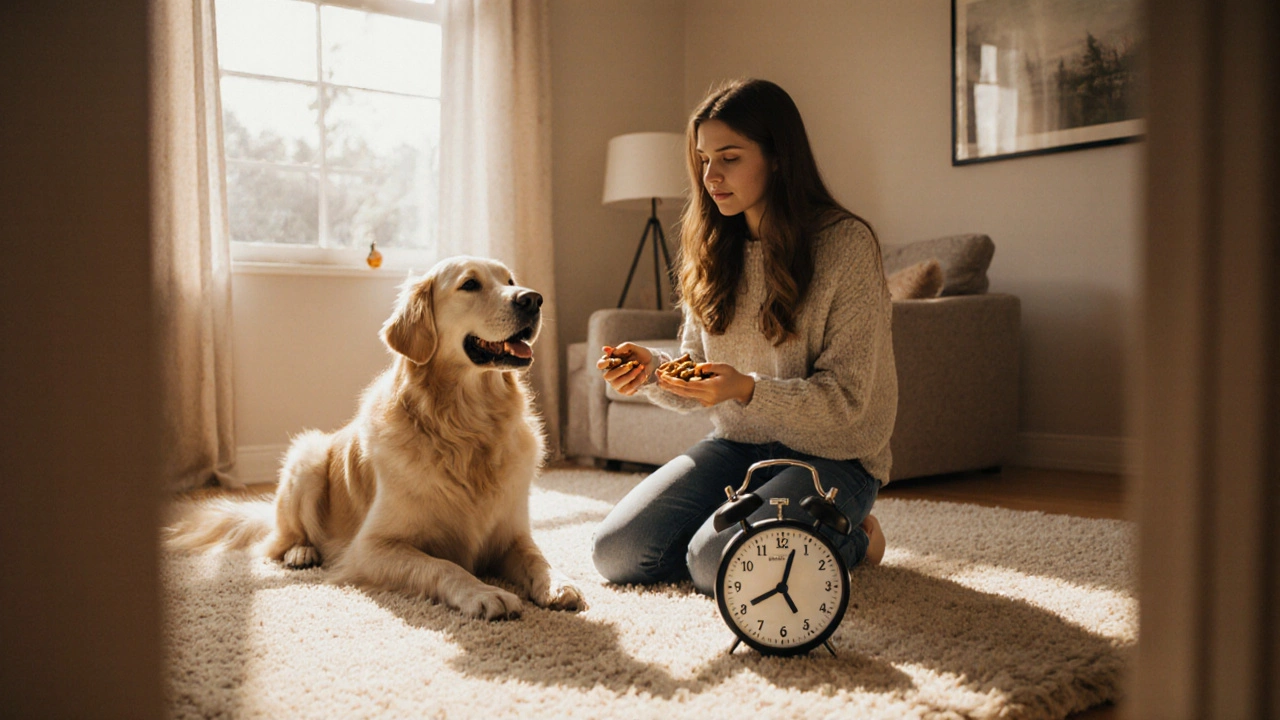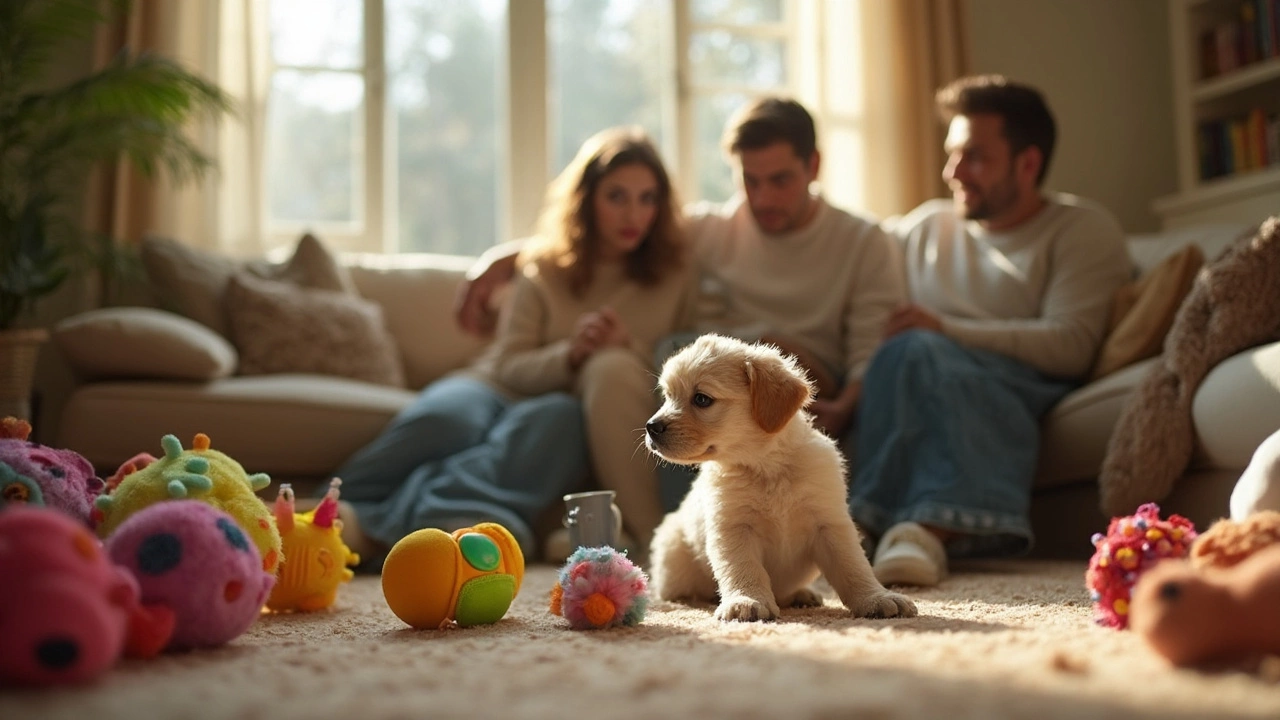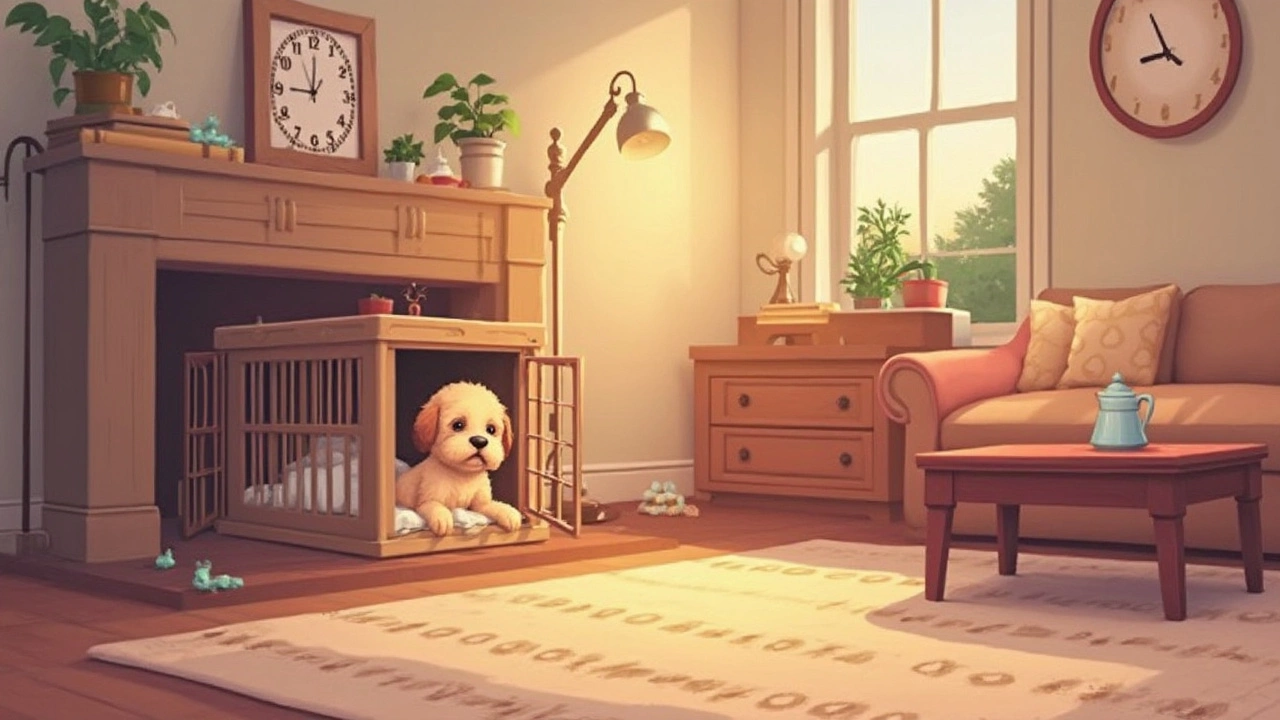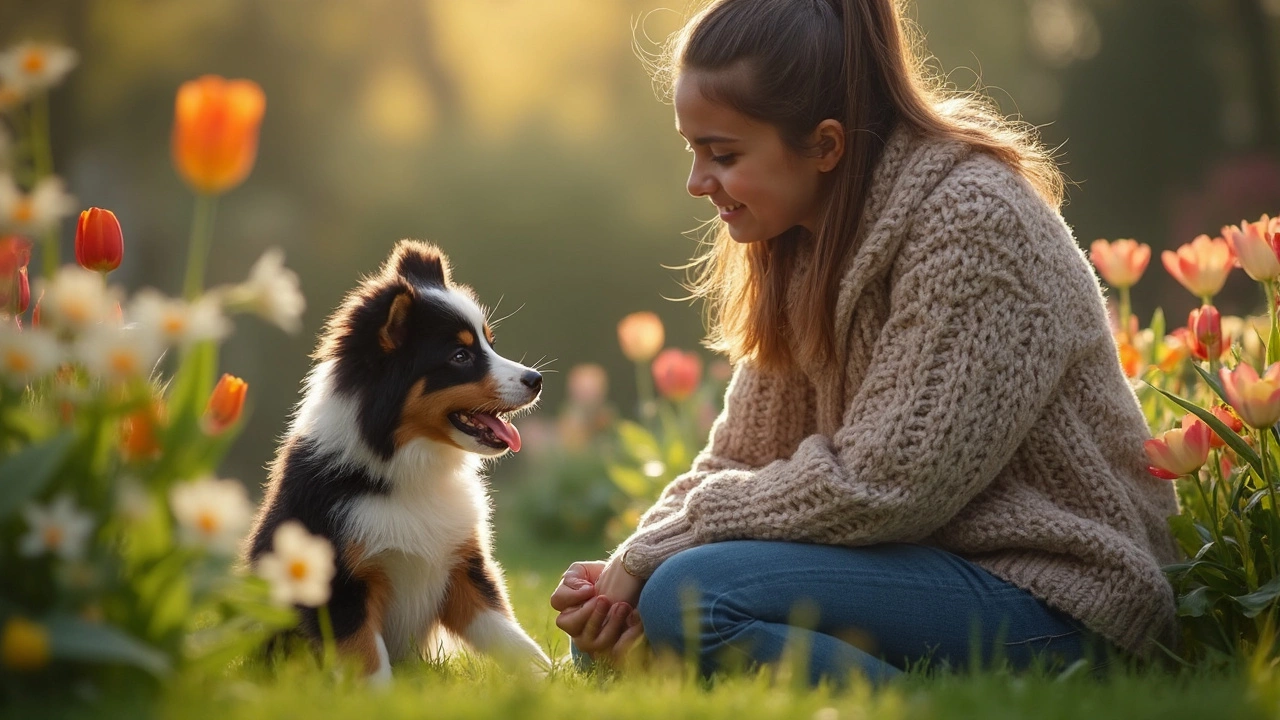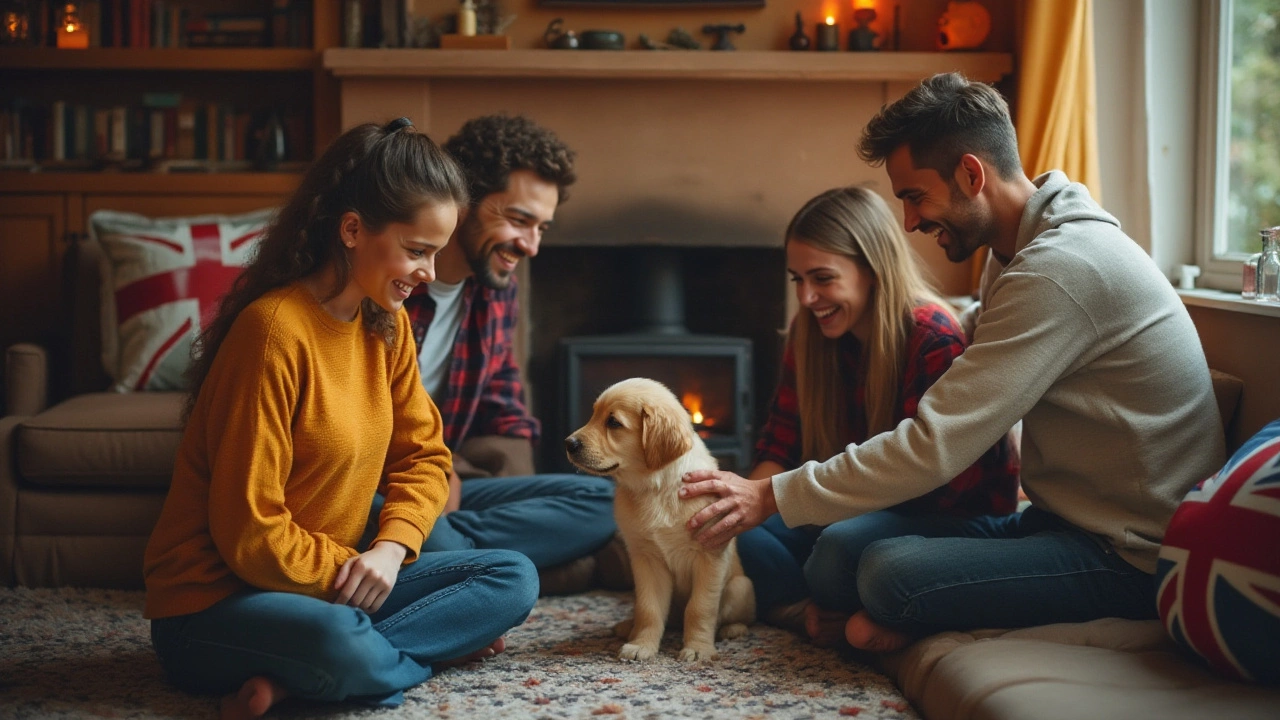Puppy Training Made Simple: Start Right From Day One
Welcome to the world of puppy training – it’s a mix of patience, consistency, and a lot of fun. Whether you’re a first‑time dog owner or adding another pup to the family, the early weeks set the tone for a well‑behaved adult dog. Below you’ll find straight‑forward tips you can put into action right now, no fancy jargon required.
When Can Your Puppy Safely Free‑Roam at Home?
Most experts agree that a puppy should stay confined until they’re reliably house‑trained, usually around 8‑12 weeks old. Before you let them roam, make sure the area is puppy‑proofed: remove cords, secure toxic plants, and block off any small spaces they could slip under. A good rule of thumb is to watch your pup for a few minutes in the room; if they’re calm and not chewing everything, they’re ready for a little more freedom.
Start with short, supervised sessions and gradually extend the time. During these sessions, keep a few healthy treats handy to reward calm behavior. If they start digging or chewing, gently redirect them to a chew toy and praise them when they comply. Repeating this process builds a habit of using the right objects instead of the couch.
Crate Training: The Safe Space Your Puppy Loves
Crate training isn’t about punishment – it’s about giving your pup a den‑like spot they feel secure in. Choose a crate that’s just big enough for them to stand, turn around, and lie down comfortably. Place a soft blanket inside, but avoid too many toys that could become a mess.
Begin by feeding your puppy their dinner inside the crate with the door open. This creates a positive association. Once they’re comfortable eating there, close the door for a few minutes while they finish their meal. Gradually increase the closed‑door time, always watching for signs of stress. If your puppy whines, pause the training for a few minutes, then try again. Consistency is key – short, frequent sessions work better than long, occasional ones.
Many owners wonder whether to cover the crate at night. A light, breathable cover can help a nervous pup feel hidden, but make sure there’s enough airflow. If your puppy seems anxious, try leaving the cover off and offer a calming chew toy instead.
Now that you’ve got the basics of free‑roaming and crate training down, let’s talk about everyday behavior.
Start each training session with a clear cue – “sit,” “stay,” or “come.” Keep sessions under five minutes, end on a positive note, and always reward with a treat or a quick play bout. Puppies have short attention spans, so frequent, upbeat lessons work best.
Remember to use a calm voice and avoid yelling. If your pup makes a mistake, simply ignore the unwanted behavior and redirect them. For example, if they’re barking at the door, say “quiet” and wait for a pause before rewarding the silence.
Socialisation is another pillar of good training. Expose your puppy to different sounds, surfaces, and friendly dogs once they’re fully vaccinated. A well‑socialised pup is less likely to develop fear‑based aggression later on.
Finally, keep a training log. Jot down the tricks you’re working on, how many treats you’ve used, and any setbacks. Seeing progress on paper keeps you motivated and helps you spot patterns you might miss otherwise.
Training a puppy is a marathon, not a sprint. With these practical steps – safe free‑roam, comfortable crate use, short positive sessions, and steady socialisation – you’ll raise a confident, happy dog who knows how to behave both at home and out in the world.
- Morgan Ainsworth
- 0 Comments
Understanding the 7‑7‑7 Rule for Dog Training
Learn the 7‑7‑7 rule for dog training: seven minutes, seven commands, seven days of consistent practice. Get step‑by‑step sessions, tips, pitfalls, and a progress log.
View More- Morgan Ainsworth
- 0 Comments
Rule of 3 for New Puppies: Key Tips for Puppy Toys
Wondering what the Rule of 3 means for your new puppy and their toys? It's a simple guideline to help your puppy settle in, build good habits, and have fun safely from the very start. The first three days, the first three weeks, and the first three months each come with new challenges, and puppy toys play a huge role during this time. This article breaks down what you can do with toys to make every stage easier. You'll get practical tips, real-life hacks, and honest advice from puppy owners and trainers.
View More- Morgan Ainsworth
- 0 Comments
Should You Crate Your Puppy at Night?
Wondering if your puppy should sleep in a crate at night? Using a crate can be a practical way to train your puppy and keep them safe as they adjust to their new home. The crate mimics the cozy den of a wild canine. However, timing is key; you’ll need to consider your puppy’s age and comfort with the crate. Let's explore some facts and tips to help make the transition smooth for both you and your puppy.
View More- Morgan Ainsworth
- 0 Comments
What Age Should a Dog Be Trained? Tips & Facts
Training a dog can seem like a daunting task, but knowing the right age to start makes a huge difference. Puppies can begin learning as early as eight weeks, as their brains are growing and receptive to new experiences. Older dogs can also be trained, but patience and consistency are key. From basic commands to advanced tricks, understanding your dog's developmental stages will help you tailor a training approach that works best for any age. This guide offers practical tips and intriguing facts about why timing matters when training your furry friend.
View More- Morgan Ainsworth
- 0 Comments
Essential Commands for 8-Week-Old Puppies: Training Tips and Toy Ideas
Training an 8-week-old puppy involves teaching them simple yet essential commands that lay the groundwork for good behavior as they grow. These foundational commands not only ensure a happy household but also foster a strong bond between you and your furry friend. In addition to training, the right puppy toys can aid in their learning process, keeping them engaged and entertained. Start with basic commands like 'sit', 'stay', 'come', and 'leave it' to set your puppy on the right path. Consistent instruction paired with patience is the key to successful puppy training.
View More
